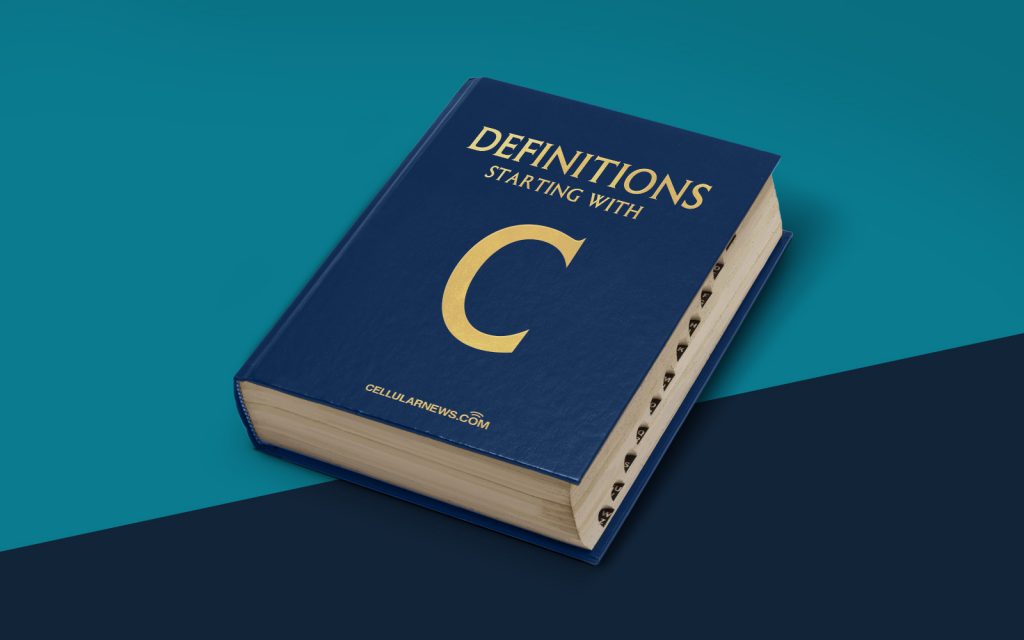
What is Cascading Style Sheets Level 3 (CSS3)?
Welcome to another installment of our DEFINITIONS category! Today, we’ll be diving into the fascinating world of Cascading Style Sheets Level 3, more commonly known as CSS3. Whether you’re a web developer, designer, or simply curious about the building blocks of the Internet, this blog post will provide you with a comprehensive overview of what CSS3 is and why it’s essential to modern web design.
Key Takeaways:
- Cascading Style Sheets Level 3 (CSS3) is the latest version of the CSS language, which is widely used to define the visual appearance and layout of web pages.
- CSS3 introduces new features and enhancements that allow developers to create more dynamic and interactive websites, such as animations, transitions, and responsive design.
In simple terms, CSS3 is a styling language used to describe the look and formatting of a document written in HTML (Hypertext Markup Language). While HTML provides the structure and content of a web page, CSS3 comes in to give it the style and design it needs to look visually appealing and appealing. It acts as a separate layer that works in harmony with the HTML code of a website, providing instructions on how elements should be displayed on the screen or in print.
So, what makes CSS3 so special? Well, it builds upon the foundation laid by its predecessors, CSS1 and CSS2, and introduces an extensive range of new features and capabilities. Here are a few noteworthy aspects of CSS3:
- Enhanced Styling Options: CSS3 allows for greater control over the appearance of elements, offering advanced styling options like rounded corners, gradients, shadows, and custom fonts. This opens up a world of creative possibilities for designers and developers.
- Animations and Transitions: With CSS3, you can add eye-catching animations and smooth transitions to elements on your web page. From subtle fade-ins to complex keyframe animations, CSS3 enables you to bring your content to life and improve user experience.
- Media Queries and Responsive Design: In the mobile-driven era, responsive design has become crucial. CSS3 introduces media queries, allowing developers to create adaptive layouts that respond to different screen sizes and devices. This ensures that websites look great regardless of whether they’re viewed on a desktop computer, tablet, or smartphone.
- Flexibility and Modularity: CSS3 enables developers to create reusable code snippets and apply them across multiple web pages. This modularity streamlines the development process and ensures consistency in design and layout.
CSS3 has revolutionized the way websites are designed and has become an essential tool for web developers and designers worldwide. Its extensive feature set and flexibility empower them to create visually stunning and highly functional websites that engage users and deliver an exceptional browsing experience.
In conclusion, Cascading Style Sheets Level 3 (CSS3) is a powerful styling language that enhances the appearance and interactivity of web pages. By combining CSS3 with HTML and JavaScript, developers can create websites that captivate and delight users. So, the next time you visit a beautifully designed website, remember that CSS3 played a significant role in making that visual experience possible.
